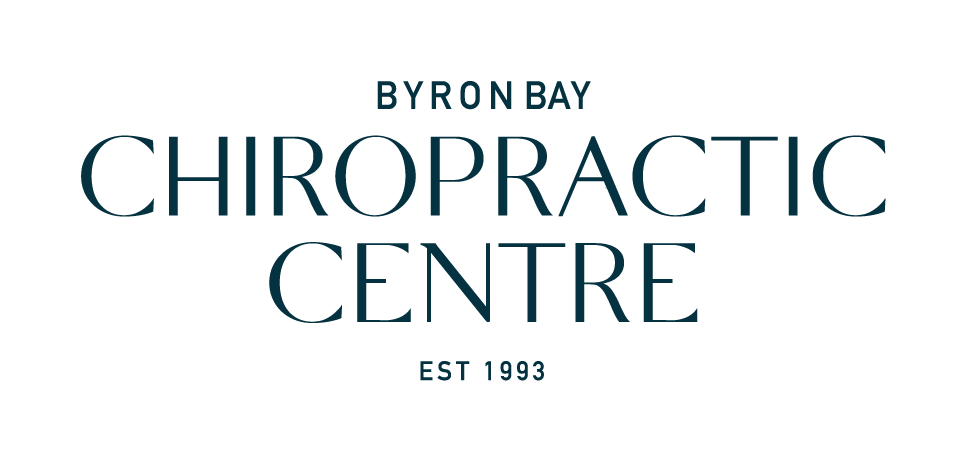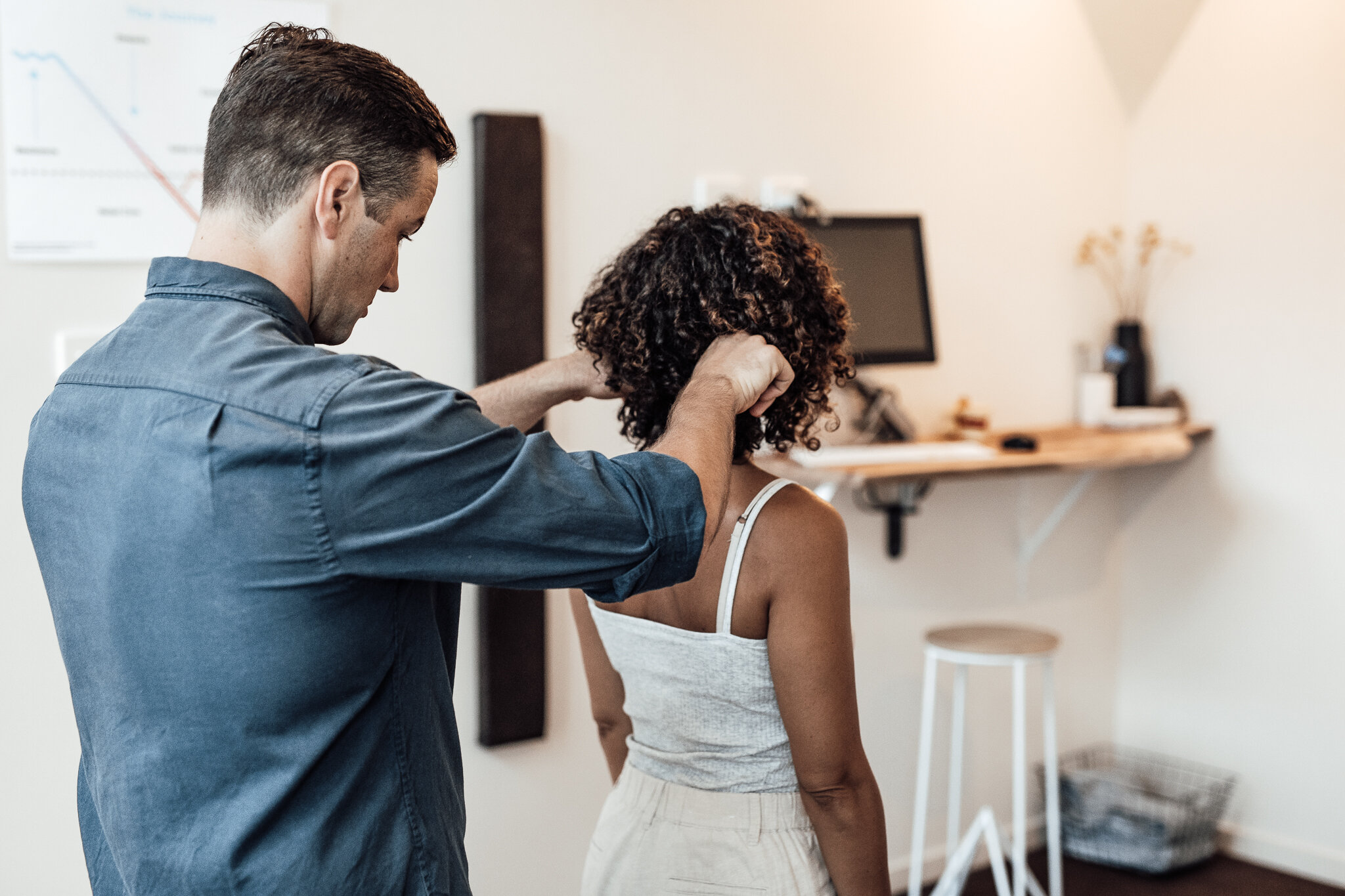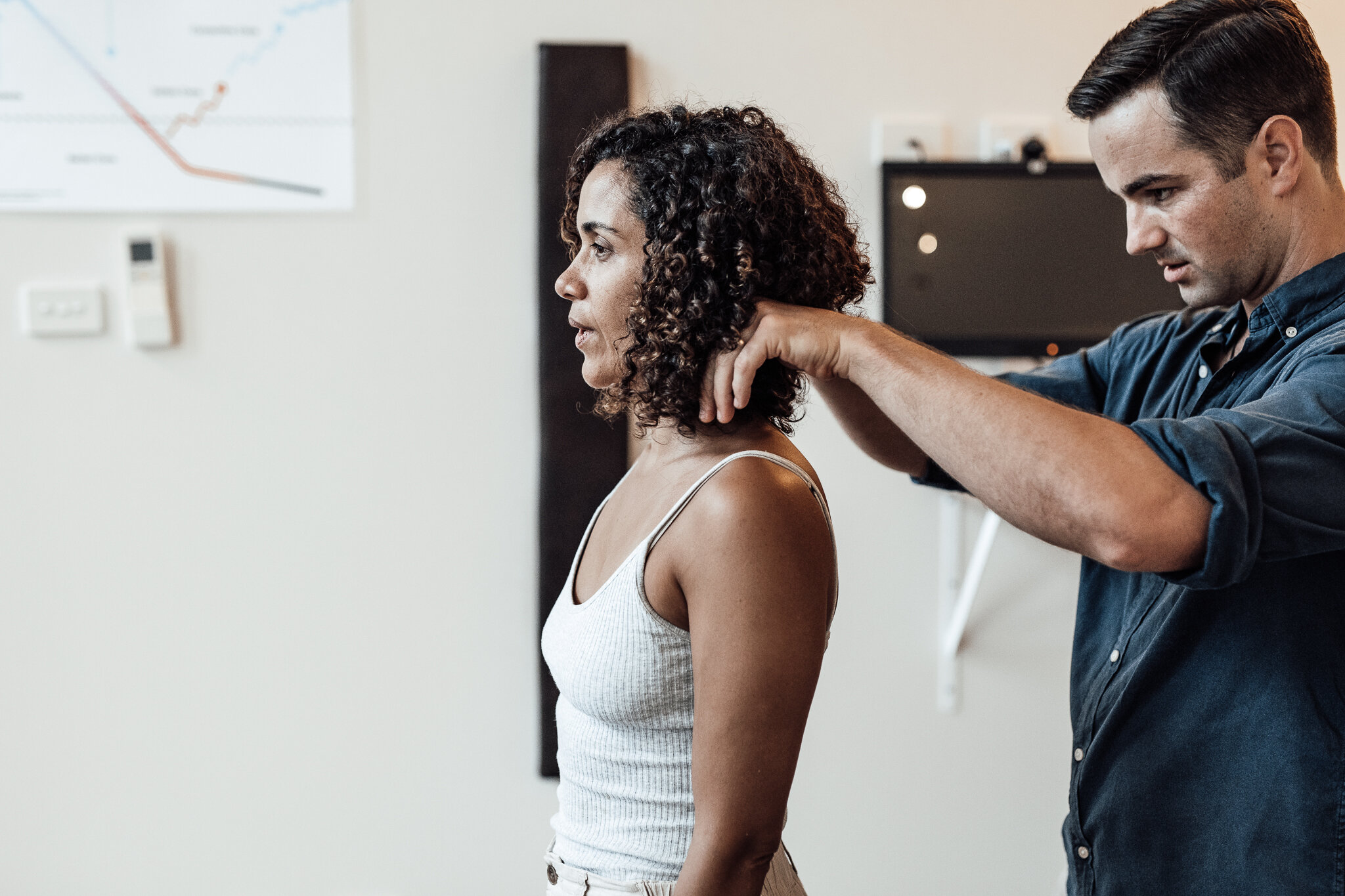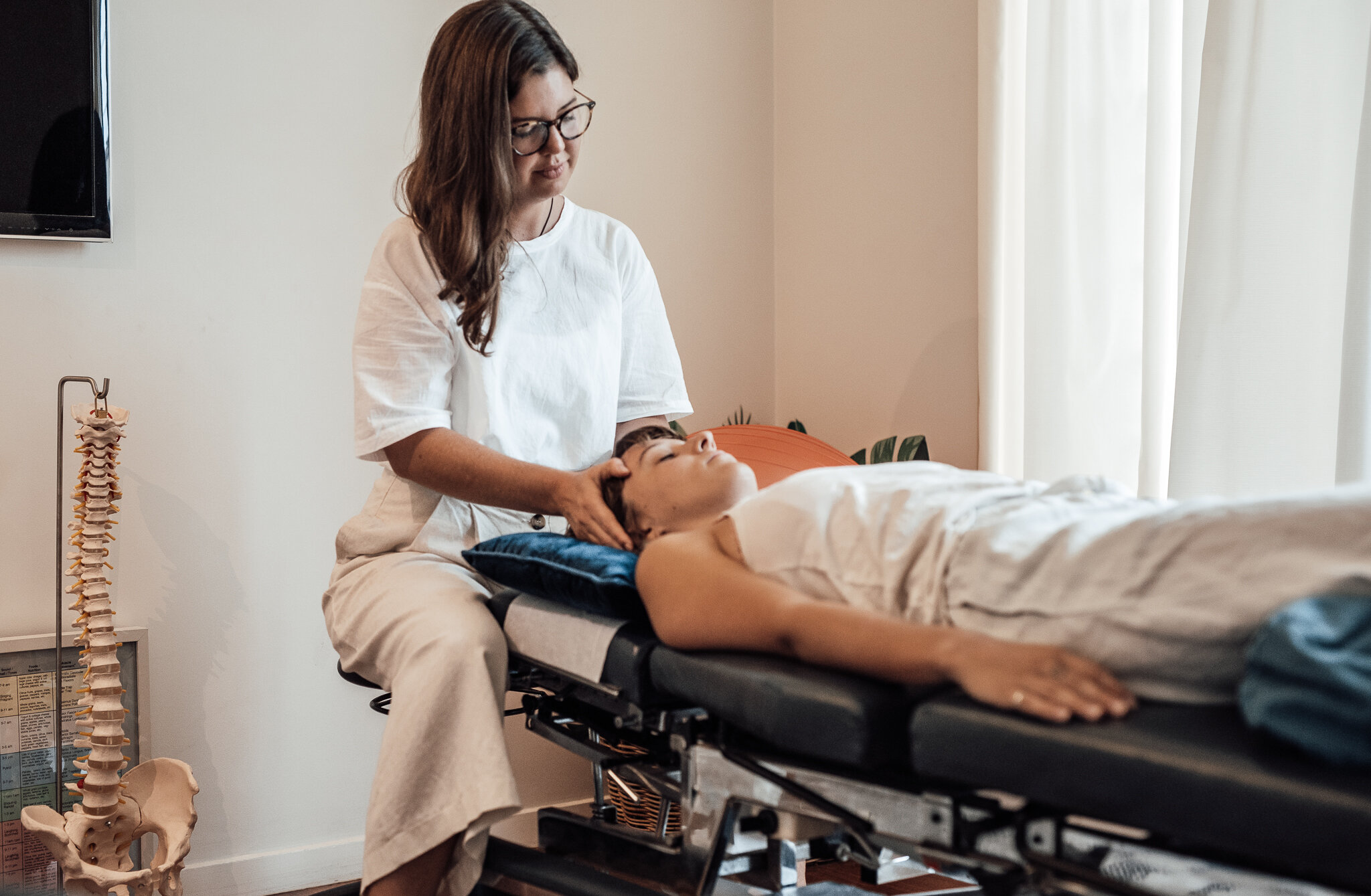Headaches and Migraines
Headaches and migraines can be debilitating.
At Byron Bay Chiropractic Centre we understand how this can impact your life, which is why we are dedicated to helping you recover naturally.
Are you experiencing any of the following:
Dull aching pain in your head?
Tenderness in your neck, shoulders, and scalp?
Tightness or pressure on your forehead or the side of your head?
Throbbing sensation in your head?
Visual disturbances?
Sensitivity to light and noises?
Common Types of Headache:
There are many, many different types of headaches- here’s the most common:
tension headaches
allergy or sinus headaches
hormone headaches
caffeine/dehydration headaches
cervicogenic headaches
There are many possible types of headaches and migraines, which is why it is important for your chiropractor to establish an accurate diagnosis.
Tension headaches are very common in people who spend a lot of time sitting, especially those who work in front of computers. The pain often starts in the neck or base of the skull and travels around to the front of the head. This type of headache can present as a dull ache.
The symptoms of migraine on the other hand are often more intense. Often this is a severe headache and may have accompanying visual disturbances/aura, sensitivity to light and sound, and sometimes nausea. Many people who experience migraine headaches regularly report they can feel the headache coming on.
Cervicogenic headaches (originating from the neck) can be caused by imbalance in the muscles, tendons and vertebrae of the neck. Due to the close relationship between the nerves of the cervical spine and the head, many headaches can originate from the cervical spine.
Common causes:
Poor posture (head forward of shoulders)
Prolonged sitting positions
Dehydration
Trauma or accidents such as whiplash
Stress
Dietary triggers (commonly dark chocolate, red wine)
Dysfunction in the cervical spine
Underlying disease or pathology (rare)
Diagnosis:
The first step in helping you manage your headaches is to ensure we have an accurate diagnosis. We achieve this through a comprehensive clinical history, thorough physical examination including; neurological, orthopaedic, and musculoskeletal tests, and possibly further diagnostic investigations such as X-Rays (if required).
Once our team has all the information required to make an accurate diagnosis, we will explain our findings to you in a simple and concise manner. Based on the information we collect, we can then tailor a treatment plan specific to your condition and goals. Our team is dedicated to helping you manage and prevent headaches in a holistic manner, so you can get back to doing what you love. If at any stage we determine that you need to be referred out to another provider we will be sure to find the right people for you.
Treatment:
Here at Byron Bay Chiropractic Centre we take a holistic approach to treating headaches and migraines. We focus on the entire neuro-musculoskeletal system including the spine as a whole, extremity joints, muscles, ligaments, tendons, as well as the nervous system.
We also focus heavily on creating lifestyle changes that can improve and prevent future headaches.
If you experience chronic headaches or migraines, check out our Endonasal Cranial Correction technique. If you’d like to discuss further, please book an appointment with our chiropractors here.
Prevention and education:
In order to help you experience lasting results outside of our practice, our team will equip you with knowledge on how to prevent future injuries, ways to reduce stress, give you sound ergonomic advice, as well as prescribe specific rehabilitation exercises just for you.
References:
1. Bryans R, Descarreaux M, Duranleau M, et al. Evidence based guidelines for the chiropractic treatment of adults with neck pain. J Manipulative Physiol Ther 2014; 37: 42-63.
2. Bryans R, Descarreaux M, Duranleau M, et al. Evidence based guidelines for the chiropractic treatment of adults with headache. J Manipulative Physiol Ther 2011; 34: 274-89.



